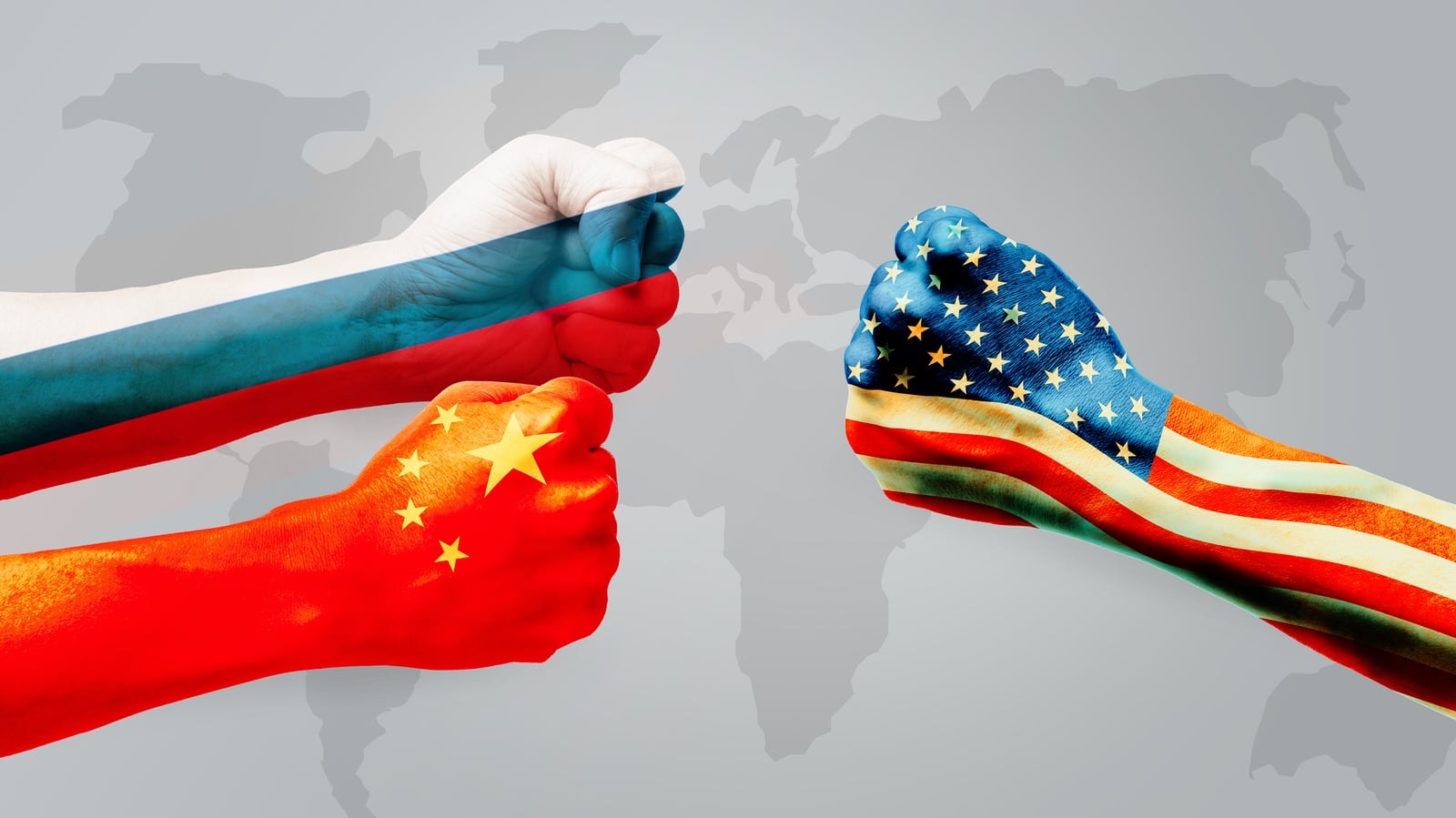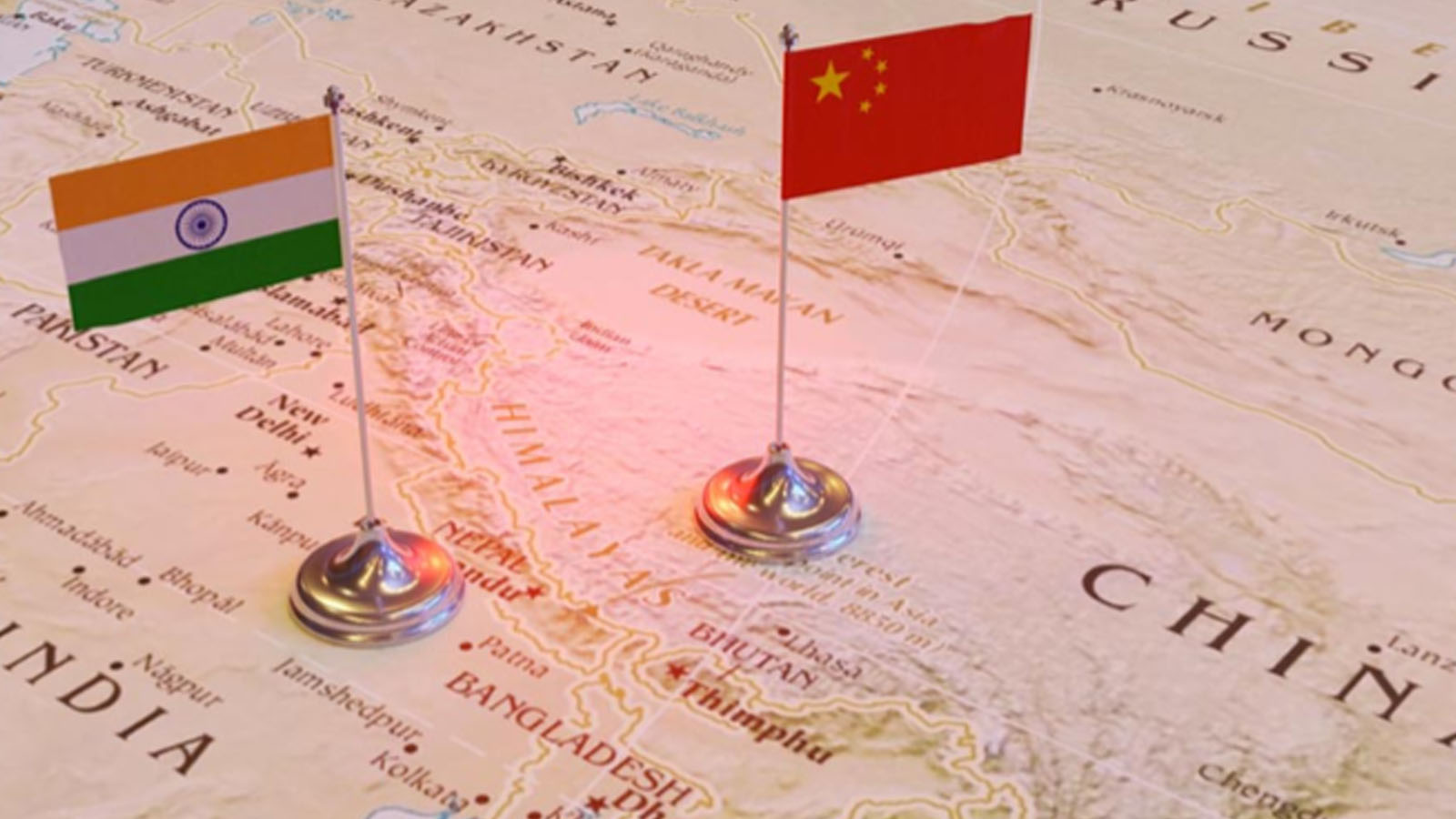In Russia’s Choice: A China-led hegemony or a US-led multilateralism.
As things are unwinding in Central Asia and Indo Pacific, the analysts and think tanks are in keen watching Russia’s stand in recent incidents. This article analyses Russia’s position and its potential in altering the world order. Also, this article explains why US should allow India to continue its strategic relations with Russia and how it helps to continue a US led Multilateral world order. Russia is exposed The erstwhile position of Russia as a collective security provider is already highly debated and put into scrutiny by many analysts and academics. As expected, Russia’s pro longed war with Ukraine has exposed its real military strength (weakness). This can be corroborated with Moscow’s recent multiple military setbacks and the taking down of Russia’s Su34 fighter jets and A50 Radar planes by Ukrainian army. The more Moscow engages itself in the war, the more it becomes weak as it appears to be that it may not sustain war with Ukraine forever. Will Russia decide to use nuclear deterrence becoming desperate to avoid humiliation is a question to be answered. The China factor After the war with Ukraine has started, Russia’s trade with China has increased alarmingly. In a recent meeting with Russian Prime Minister Mikhail Mishustin, Xi Jinping announced that the trade value between China and Russia has surpassed $200 bn. On a closer inspection into the data, the trade balance figures show that Russia’s trade is YOY becoming one sided and is quite dependent on imports from China. This delicate position of Russia has caused a shift of weight on the Chinese corner in the power triangle of US, Russia and China. This shift in the axis should have awakened US and its security experts in order to device a mitigation plan. But how? India – The flag bearer of Multilateralism It is to be noted that not only China but also India was key in cashing-in Russia’s exchequer during the latter’s war with Ukraine. Though India too has gained from Russia’s prolonged war, its trade balance with Russia is not as one sided as it is the case with China. As per Ministry of commerce, India, the total bilateral trade value during 2022-23 was just US $49.36 bn when compared to China’s US $200 bn. The above figures clearly indicate Russia’s growing dependency on China, and leaving things to go on in China’s way will further strengthen China’s muscular Nationalism. Instead of being skeptical and critical of India’s strategic ties with Russia, the US, if not endorse, should play a mute atleast for the time being. It is essential for the US to stop Russia from strengthening China’s hands and thereby stop Russia from being a catalyst to China’s hegemony. If bringing Russia to the table for talks and workout a new status quo is not an option, then allowing India to engage Russia and stopping it completely fall into the hands of China is essential. This is not only in the interest of the US but also in the interest of Russia, keeping in mind that currently for US, China is the foremost rivalry and not Russia. Let India do its job of multi alignment and thereby diversify Russia’s needs. Rather than allowing Russia to strengthen China’s muscle power, It is desirable for US to maintain a US-led multilateralism without spending millions of dollars or loosing thousands of lives.



